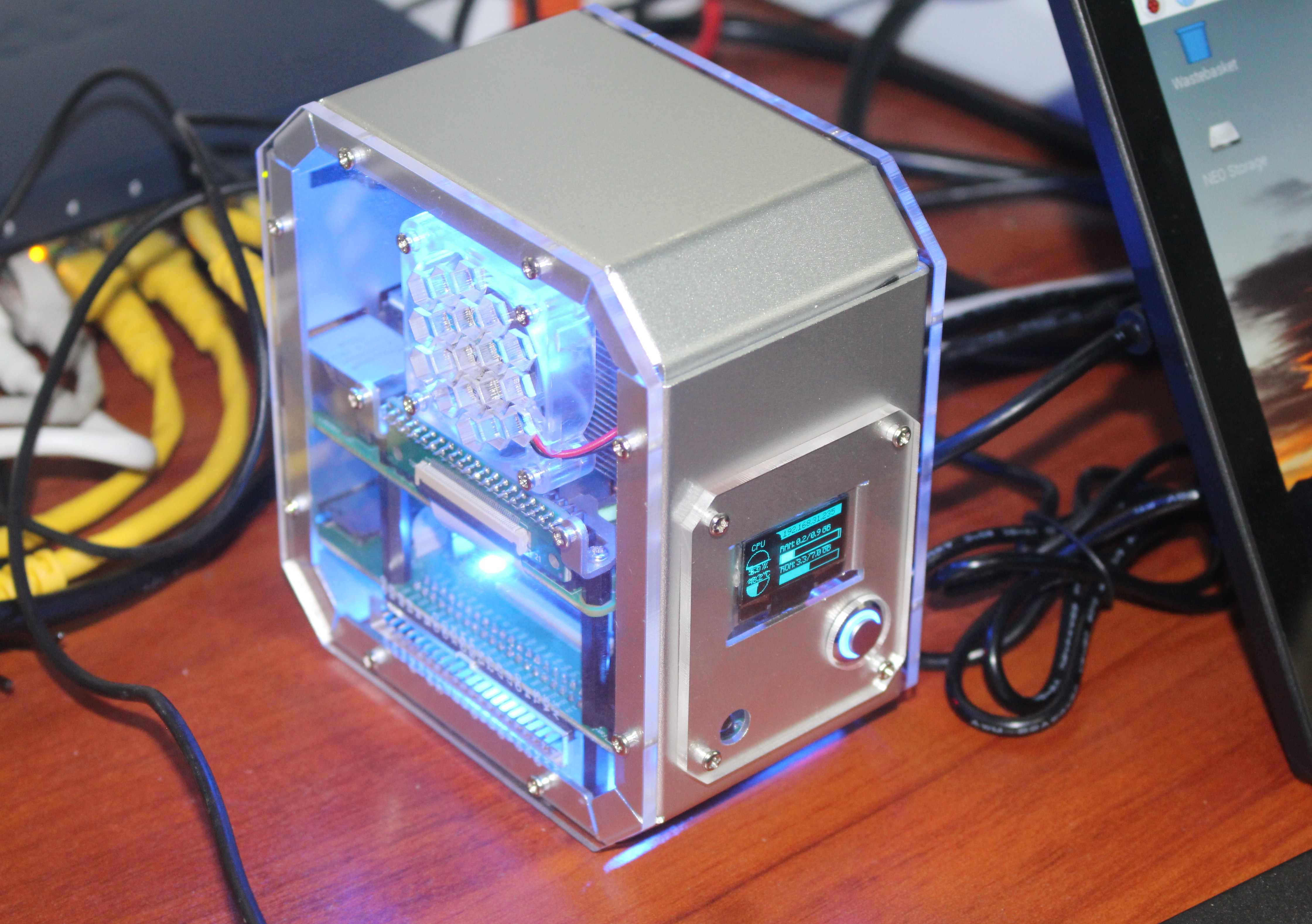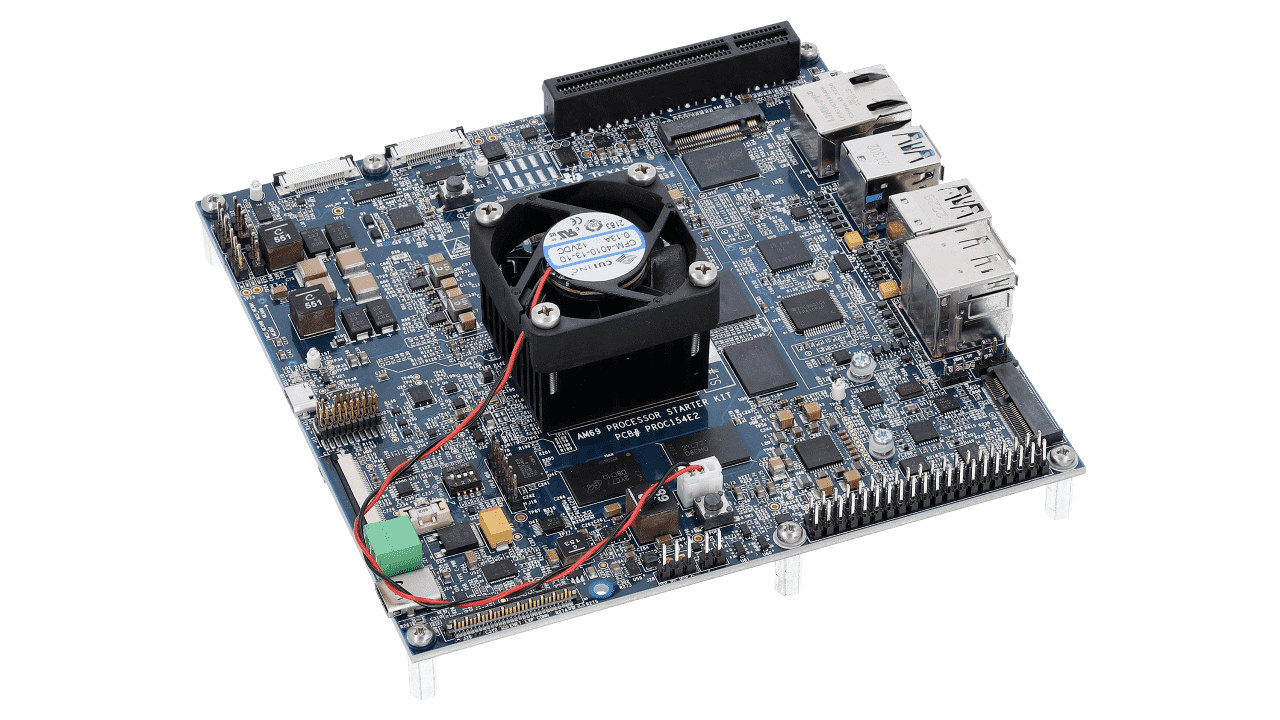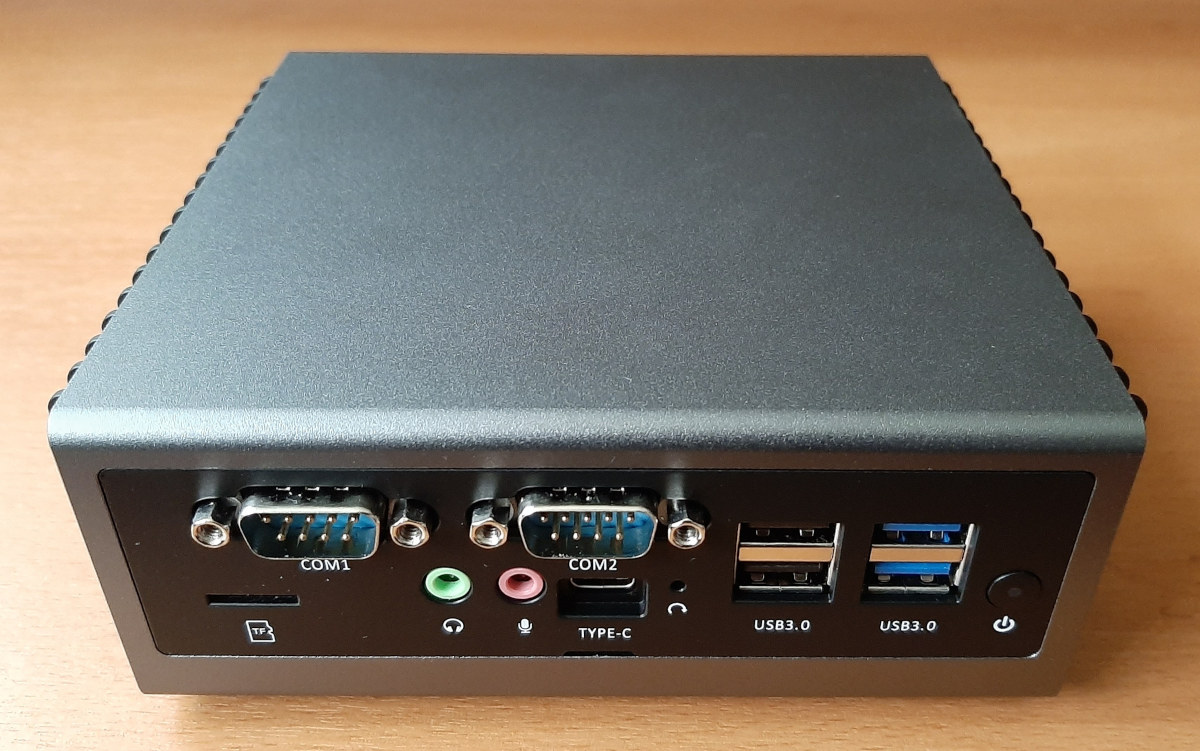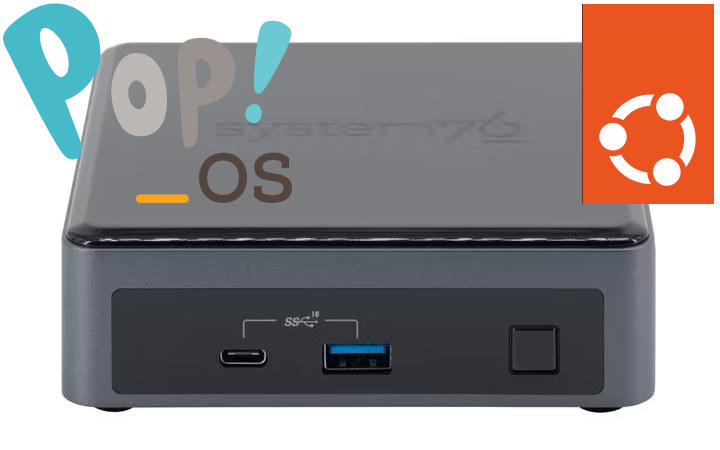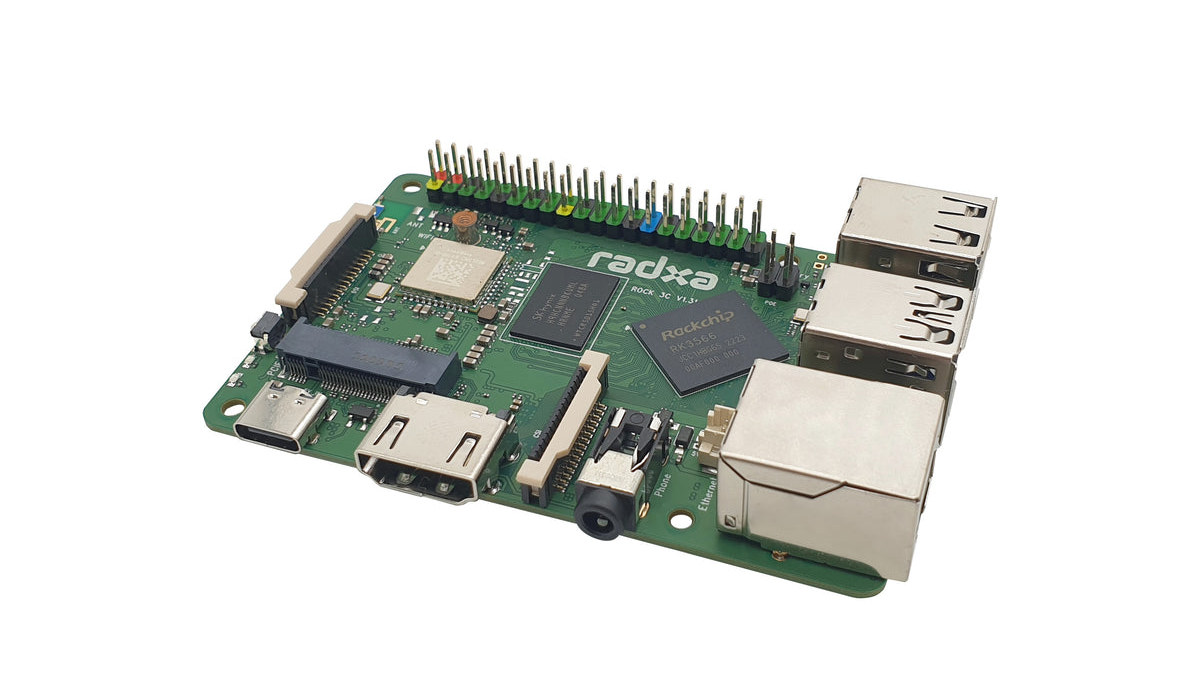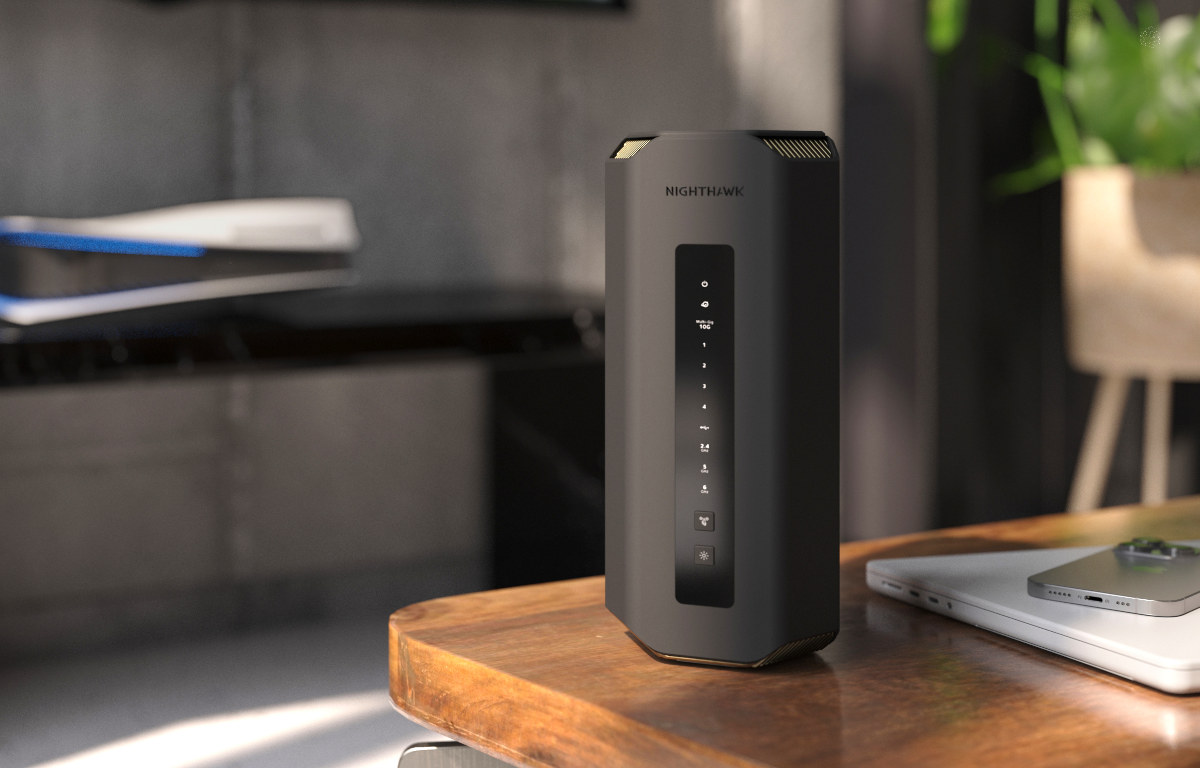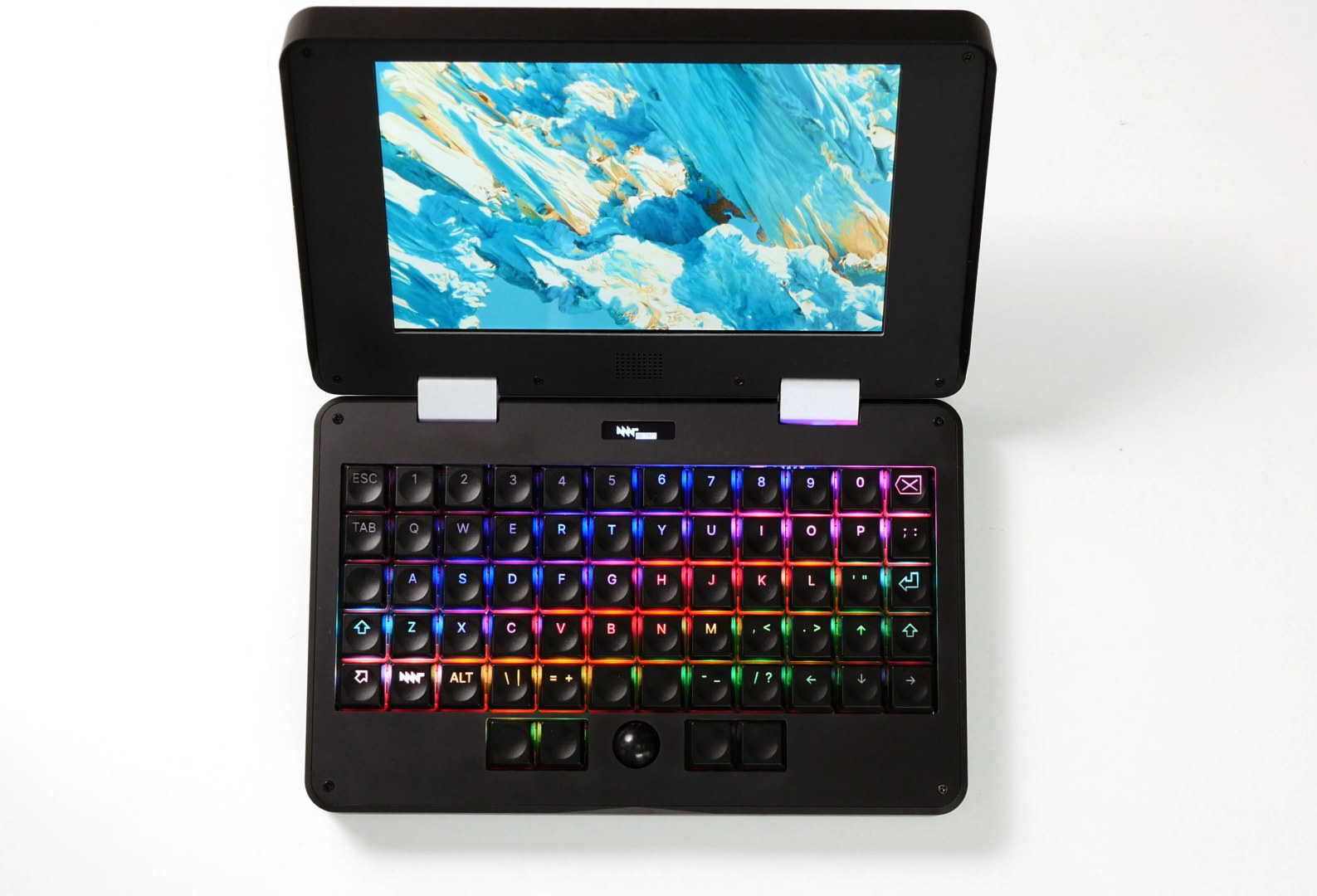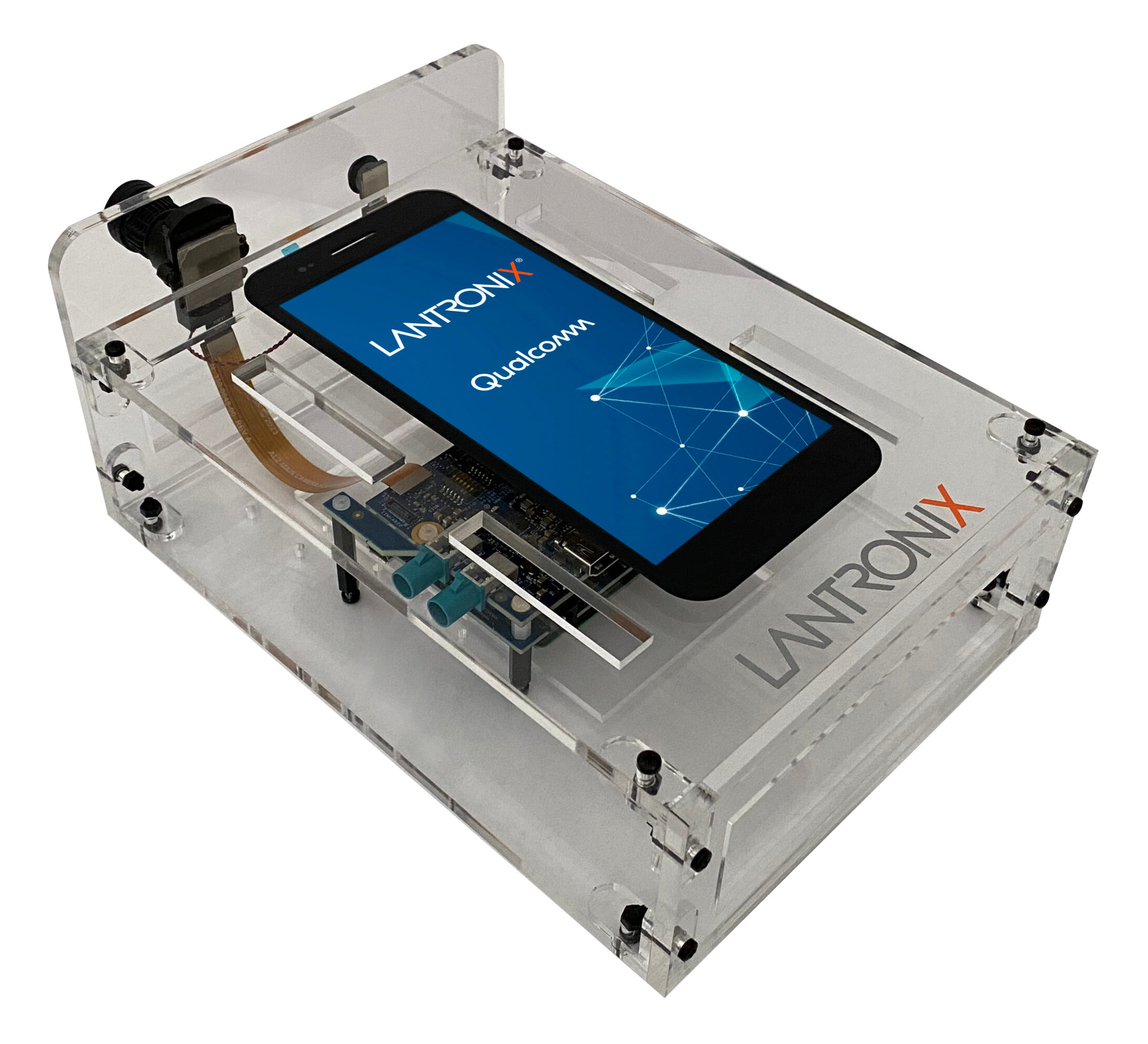SunFounder Pironman is a Raspberry Pi 4 enclosure inspired by Michael Klement’s DIY Raspberry Pi 4 mini server with an OLED display and ICE Tower cooling solution, as well as some improvements such as an aluminum alloy and acrylic enclosure, support for an M.2 SATA SSD, a power button for safe shutdown, an IR receiver, and an RGB LED strip. The company sent me a Pironman kit without Raspberry Pi 4 for review. I’ll check the package content, go through the assembly, software installation, and testing of the unique features listed above. Pironman unboxing Some of the main specifications are listed on the side of the package. The enclosure comes fully disassembled with the Pironman board, metal and acrylic panels, RGB LED strip, OLED display, heatsink, fan, adapters, flat cables, screws, standoffs, and so on. The top of the Pironman board (JMS580-V1.8) comes with a JMicron JMS580 USB 3.2 Gen […]
Texas Instruments unveils AM62A, AM68A and AM69A Arm Cortex Vision processors and devkits
Texas Instruments AM62A, AM8, and AM69A Arm Cortex-A53 or Cortex-A72 Vision processors come with 2 to 8 CPU cores and deep learning accelerators delivering from 1 TOPS to 32 TOPS for low-power vision and artificial intelligence (AI) processing in applications such as video doorbells, machine vision, and autonomous mobile robots. Three families and a total of 6 parts are available: AM62A3, AM62A3-Q1, AM62A7, and AM62A7-Q1 single to quad-core Cortex-A53 processors support one to two cameras at less than 2W in applications such as video doorbells and smart retail systems. Equipped with a 1TOPS vision processor, the AM62A3 is the cheapest model of the family going for US$12 in 1,000-unit quantities. AM68A dual-core Cortex-A72 processor can handle one to eight cameras in applications like machine vision, with up to 8 TOPS of AI processing for video analytics. AM69A octa-core Cortex-A72 SoC supports up to 12 cameras and achieves up to 32 […]
Weibu N10 Core i3-N305 mini PC review with Windows 11 and Ubuntu 22.04
I’ve previously reviewed Weibu’s N10 mini PC, however, they have now extended the range of CPUs available to the N10 through the addition of Alder Lake-N processors. As a reminder, Weibu is a B2B company that offers total solutions and OEM/ODM services and they don’t sell directly to end users as their target clients are computer manufacturers like Acer and Hisense. Weibu have sent a pre-production sample of their latest N10 based on a Core i3-N305 Alder Lake N-Series processor to showcase its capabilities in this review. I will revisit the specification of the N10 and briefly look at the performance running both Windows 11 Pro and Ubuntu 22.04. Weibu N10 product specifications Weibu list the N10 specifications on their website as: However this probably needs qualifying as ‘Memory Capacity’ states ‘2*SO-DIMM’ which is correct for many processors, but Intel’s Core i3-N305 processor in the mini PC sample I received […]
System76 Meerkat Alder Lake Linux mini PC ships with Ubuntu 22.04 or Pop!_OS 22.04
Most mini PCs ship with Windows, or no OS at all for barebone models, but Linux-hardware specialist System76 offers the Meerkat mini PC with either Pop!_OS 22.04 or Ubuntu 22.04 with a choice of processors from the 12th Gen Alder Lake, 11th Gen Tiger Lake, or 10th Gen Comet Lake families. All models support up to 64GB RAM, M.2 NVMe SSD storage, and are equipped with four HDMI/DisplayPort video outputs, Ethernet, and USB ports. There’s also a Tall version of the Meerkat that adds a 2.5-inch SATA bat, and the Alder Lake models, called Meer7, specifically supports the more recent USB4 and 2.5GbE interfaces. System76 Meerkat “Meer7” (Alder Lake) specifications: Alder Lake P-Series SoC (one or the other) Intel Core i3-1220P 10-core/12-thread (2P+8E) processor clocked at up to 4.4 GHz with 12 MB cache, 64EU Intel HD graphics; TDP: 28W Intel Core i5-1240P 12-core/16-thread (4P+8E) processor clocked at up to […]
ROCK 3C SBC – A $39+ Raspberry Pi 3 lookalike with Rockchip RK3566-T AI SoC, M.2 NVMe SSD support
Radxa ROCK 3C, also called ROCK 3 Model C, is a Rockchip RK3566-T Arm SBC with up to 8GB RAM and WiFi 5. It mostly follows the Raspberry Pi 3 Model B form factor, but also adds an M.2 PCIe socket for NVMe SSDs. The single board computer also comes with a MicroSD card slot and eMMC flash module socket to boot the OS, a 4Kp60 capable HDMI 2.0 port, a MIPI DSI connector, a MIPI CSI camera connector, a 3.5mm jack with microphone, four USB ports, Gigabit Ethernet, and a 40-pin color-coded GPIO header. ROCK 3C specifications: SoC – Rockchip RK3566-T quad-core Cortex-A55 processor @ 1.6 GHz with Arm Mali-G52 GPU, 0.8 TOPS NPU (AI accelerator) System Memory – 1GB, 2GB, 4GB, or 8GB LPDDR4 2112MT/s Storage MicroSD card slot eMMC module socket M.2 Key-M PCIe socket for 2230 NVMe SSD Video Output HDMI 2.0 up to 4Kp60 2-lane […]
$700 Netgear RS700 WiFi 7 router supports up to 19Gbps (combined) speed
Netgear “Nighthawk” RS700 is the first WiFi 7 (802.11be) router from the company, with the tri-band router being rated “BE19000” meaning it can deliver a combined ~19Gbps link rate using all three bands. The router is based on the Broadcom BCM67263 Arm processor and with that kind of wireless bandwidth it comes with two 10GbE ports one WAN port to connect to the internet, and one LAN port to connect to the local networks plus four extra Gigabit Ethernet ports, and a USB 3.0 port for network storage. Netgear RS700 specifications: SoC – Broadcom BCM67263 quad-core WiFi 7 processor @ 2.6 GHz System Memory – 1GB RAM Storage – 512MB NAND flash for OS Networking 802.11be WiFi 7 WiFi Coverage – Up to 325 square meters Speed – Up to ~19Gbps combined 2.4GHz BE – 4×4 (Tx/Rx) 4096-QAM 20/40MHz, up to 1.4Gbps 5GHz BE – 4×4 (Tx/Rx) 4096-QAM 20/40/80/160MHz, up […]
MNT Pocket Reform open-source 7-inch modular laptop launched on Crowd Supply
The MNT Pocket Reform, a smaller version of the MNT Reform laptop, with a 7-inch display has just launched on Crowd Supply with an NXP i.MX8M Plus system-on-module, but also compatible with an NXP Layerscape LS1028A module, Raspberry Pi CM4, Pine64 SOQuartz, and an AMD Kintex-7 FGPA module. The open-source modular laptop also comes with a 128GB eMMC flash, 8GB RAM, WiFi 5 and Bluetooth 5.0 connectivity on-module, an optional 1TB NVMe SSD, a backlit 60-key mechanical keyboard with an optical trackball and four buttons, a micro HDMI port to connect an external display, a few USB ports, and Ethernet through an ix industrial connector. MNT Pocket Reform specifications: SoM – Boundary Devices Nitrogem8M Plus system-on-module with SoC – NXP i.MX 8M Plus quad-core Arm Cortex-A53 @ 1.8GHz with Cortex-M7 real-time core, Vivante GC7000UL GPU, 2.3 TOPS NPU with open drivers, H.264/H.265 Video Decoder with open drivers (Hantro), and HiFi4 […]
Lantronix Open-Q 2210RB and 4210RB SiPs for robotics power RB1/RB2 development kit
What comes after Qualcomm Robotics RB3, RB5, and RB6 platforms? Apparently, it’s Qualcomm Robotics RB1 and RB2 platforms powered by Qualcomm QRB2210 and Qualcomm QRB4210 processors respectively and optimized for cheaper, smaller robots with lower power consumption. But Qualcomm is one of the lamest companies known to man, so they did not include any photos when announcing the Robotics RB1 and RB2 platforms, so I’ll focus this post on Lantronix Open-Q 2210RB and 4210RB system-in-packages (SiP) based on the same processors, as well as the Open-Q RB1/RB2 development kit. Open-Q 2210RB and 4210RB SiP The new system-in-packages are very similar to the earlier Open-Q 2290CS and 4290CS SIPs for industrial IoT and machine vision applications, with the only difference being the Qualcomm processor used, so I invite you to read the earlier post for the full details, and I’ll just provide summaries here. Open-Q 2210RB key features: SoC – Qualcomm […]


